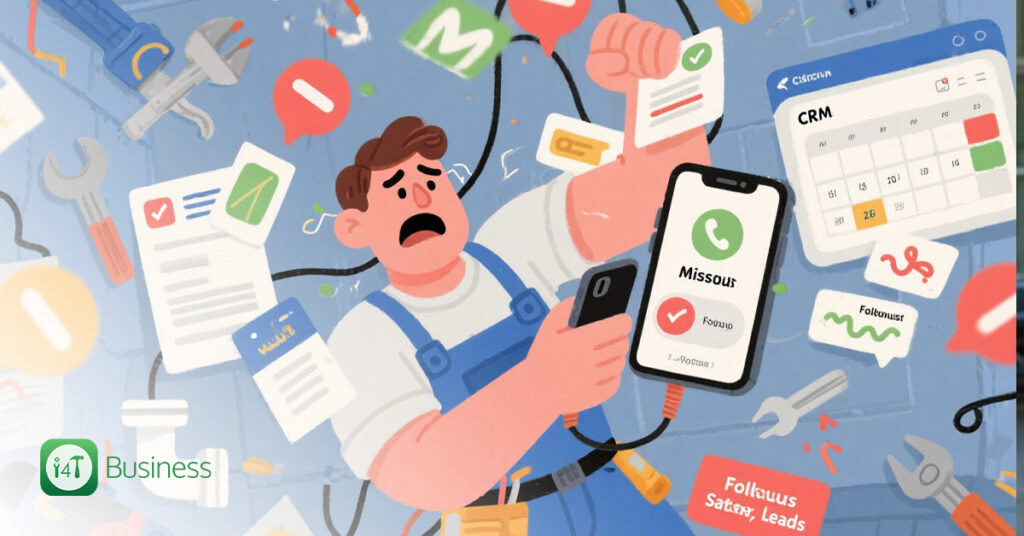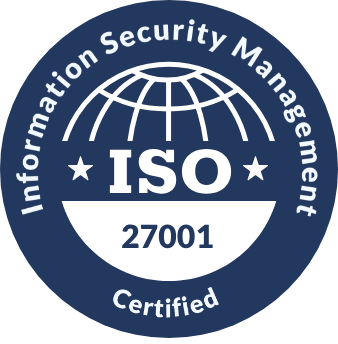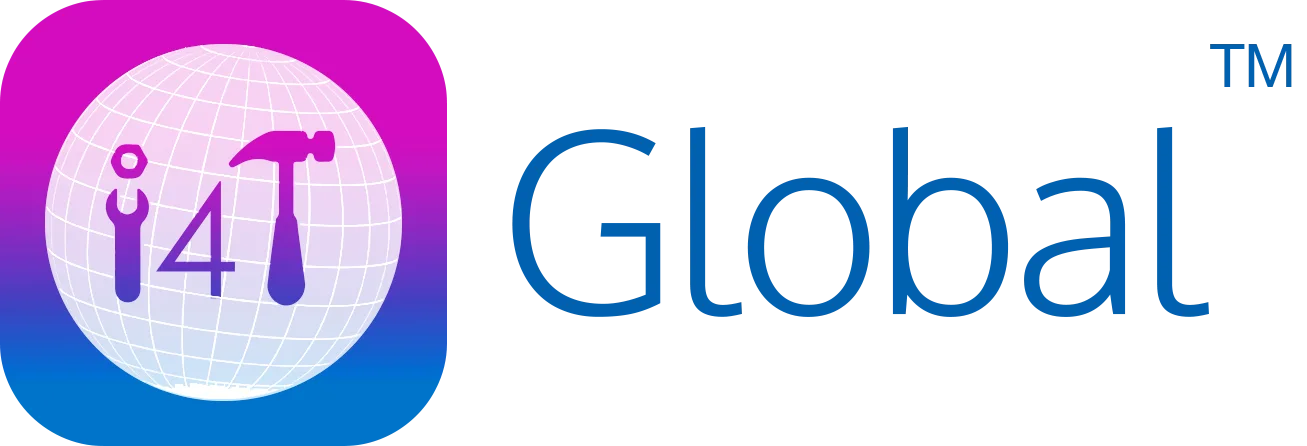Running a trades business in Australia isn’t just about being good with the tools anymore. Whether you’re a sparkie, chippy, plumber, or landscaper, you’re juggling quotes, job scheduling, invoicing, follow-ups, and customer expectations, all while trying to grow your business. That’s why many tradies have turned to CRM (Customer Relationship Management) systems to stay on top of it all.
But let’s be honest,
CRMs can be a real headache when they’re not set up right or tailored for how tradies actually work.
If you’ve tried a CRM and ended up more confused than when you started, you’re not alone.
In this guide, we’ll break down the common CRM challenges for tradies and show you how to beat them, so you can spend less time on admin and more time on the job.
What is a CRM, and Why Should Tradies Care?
A CRM is a tool that helps you track and manage customer interactions, from the first enquiry to the final invoice. It centralises all your client information, helps automate tasks like follow-ups, and keeps your team in sync.
For tradies, a CRM can:
- Track and score leads
- Manage client contact details
- Automate marketing and campaigns
- Set reminders for follow-ups
- Automate customer communications
But while the idea sounds great, many tradies find CRMs more hassle than help, unless they provide an end-to-end solution from leads to service delivery. More importantly, set up with trade work in mind.
CRM Challenges for Tradies and how to beat them
Poor Usability or Overcomplication
Many tradies are hands-on people who learn best by doing, not by sitting through hours of software tutorials. The biggest frustration with most CRMs is that they feel like they were built for someone in an office, someone with a keyboard, multiple screens, and a quiet environment. That’s not the reality on-site.
When the interface is cluttered or options are buried under layers of tabs, it becomes too hard to use on the fly. Most tradies won’t bother digging through menus just to find a phone number or create a quote. You need a tool that works as fast as you do.
Overcomplicated systems also slow down onboarding. If your team needs weeks to figure out how to use a CRM, or keeps forgetting what buttons to press, they’ll likely give up on it altogether. That leads to half-completed entries, inconsistent data, and gaps in your records that cause problems down the track.
How to beat it?
Choose a CRM with a clean layout that speaks your language. Fewer options done well will always beat a bloated toolbox with no clear instructions. Look for real-time dashboards, drag-and-drop job schedulers, and one-click actions that help you manage clients without slowing you down.
2. Lack of Mobile-Friendliness
Let’s face it, your ute is your real office. Tradies spend most of their time in transit, on-site, or managing multiple jobs across different suburbs. If your CRM doesn’t work well on a phone or tablet, it’s essentially useless when you need it most.
Some CRMs still haven’t caught up with mobile-first workflows. Their apps crash, freeze, or simply don’t include all the core features available on the desktop version. That forces tradies to wait until they’re back in the office to log details or send quotes, which usually means it doesn’t happen at all.
This delay leads to lost leads, forgotten follow-ups, and inconsistent job tracking. You might forget what the customer said, lose a chance to win a job, or double-handle work because someone else didn’t have access to the same info out in the field.
How to beat it?
A good mobile CRM for tradies should let you create, update, and access client info from anywhere, whether you’re in traffic or on a roof. It should be quick to load, easy to tap through with one hand, and functional even when reception is patchy. With a mobile-first system, your whole team stays connected no matter where the day takes them.
3. Incompatibility with Quoting or Invoicing Systems
For tradies, quoting is often the first impression, and invoicing is what gets you paid. But many CRMs only cover the sales and contact side of things, ignoring the actual process of turning a lead into a finished, billable job.
That’s a huge gap.
If your CRM can’t handle quoting or doesn’t connect with your invoicing software, you’re forced to re-enter client details across different platforms. This not only wastes time but also opens the door to typos, missed line items, and mismatched records between jobs and invoices.
In a busy trade business, this can lead to quoting delays, confusion around what’s been approved, and ultimately, delayed payments. Worse still, it gives clients the impression your business isn’t well organised.
How to beat it?
To fix this, choose a CRM that either includes quoting and invoicing features or integrates smoothly with the systems you already use, like Xero or MYOB. When your quoting tools are built into your CRM, you can send estimates faster, track their status, and instantly convert them into jobs and invoices, all from one place.
4.Data Entry Overload or Admin Duplication
If you find yourself entering the same customer info into three different systems, your CRM, your job management software, and your invoicing tool, something’s not right.
Tradie businesses are notorious for admin overload, not because the work is hard, but because there’s just too much of it. Every new job, lead, or quote becomes a paper trail: phone notes, email threads, text messages, site notes, and spreadsheets scattered across different systems.
When your tools aren’t connected, you’re forced to re-enter the same data over and over. It’s time-consuming, error-prone, and completely unnecessary with today’s tech.
This duplication also confuses when client details change or when multiple team members need access to the same info. You might end up quoting with the wrong price, sending invoices to the wrong email, or missing key job notes, all because someone updated one system but not the others.
How to beat it?
The solution is to centralise. A CRM that’s connected to your job management software can pull in client info automatically and share updates across the board. Use smart fields, templates, and workflows to cut down on repeat tasks. When systems talk to each other, you reduce admin and free up time for actual work.
5. Inconsistent Team Adoption and Training
Even the best CRM is useless if no one uses it properly. One of the most common challenges in trade businesses is getting the whole team on board. If your techs in the field don’t update job statuses, or your admin staff don’t log calls and quotes consistently, you end up with a CRM full of holes.
The problem isn’t always laziness; it’s usually a combination of poor training, overcomplicated tools, and unclear expectations. If your team doesn’t understand the value of the CRM, they’ll revert to what they know: text messages, paper diaries, and mental notes.
This leads to breakdowns in communication, double-booked jobs, forgotten follow-ups, and a lot of finger-pointing when things go wrong.
How to beat it?
To overcome this, you need to make CRM usage part of the culture. That starts with choosing a system your team can use, on-site, on the phone, and without needing a helpdesk every time they log in. Provide short, hands-on training, not long manuals. Show them how using the CRM makes their job easier with less calls, fewer mix-ups, and faster payments.
And don’t forget to lead by example. If the business owner or supervisor is actively using the CRM, the rest of the team is more likely to follow suit.
CRM is all about creating a consistent, reliable experience that makes customers feel valued; not just serviced.
6. Forgetting Follow-Ups or Dropping Leads

Tradies are flat out most of the time, jumping between job sites, calls, and emergencies. In the chaos of a typical day, it’s easy to forget to call back a lead, follow up on a quote, or check in on a customer who asked for work “next month.”
These small slips can cost big money.
Every dropped lead or forgotten follow-up is a missed opportunity. You’ve already paid for the ad, taken the call, and maybe even done a site visit, only to lose the job because someone else followed up faster. Over time, this leads to a leaky sales pipeline and wasted marketing spend.
How to beat it?
CRMs were built to solve this exact problem. A good system will let you assign follow-up reminders, automate lead nurturing emails, and visualise your sales pipeline so no lead goes cold. You can see exactly where each job stands and who needs attention, without relying on memory or scribbled notes.
Even better, some CRMs let you track every touchpoint, from first call to final payment, so you always know what’s been said and what needs doing next. This makes your business look more professional, builds trust with clients, and helps you win more work without doing more chasing.
Benefits of a fully integrated CRM for Tradies
Once you tackle the common CRM challenges for tradies, the benefits are massive:
Better Customer Relationships
With all job history, notes, and contact details in one place, you can speak to every client like you’ve known them for years, because you’ve got the full picture.
Faster Quoting and Payments
Build quotes on the spot, convert to jobs instantly, and send invoices as soon as the work is done. That means faster payments and less back-and-forth.
Centralised Job and Client Data
Forget digging through texts, emails, and old paperwork. Everything is in one secure, searchable system that your whole team can access.
Easier Scheduling and Reminders
Assign jobs to techs, send them to the right locations, and set automated reminders for client appointments or follow-ups.
Work Smarter, Not Harder
Tradies are some of the hardest-working people in Australia. But the days of running your business off memory, scraps of paper, or unconnected apps are over. The tools exist to help you take control, without turning you into a full-time desk jockey.
By learning about CRM challenges for tradies and how to beat them, you’ll unlock a smoother, more profitable way of working. Less admin, fewer mistakes, and happier clients.
And the best part? You don’t need to juggle five different systems to get there.
When integrated with i4T Business, i4T CRM+ software gives you a complete end-to-end solution, from lead capture to quoting, job scheduling, invoicing, and payment tracking. It’s built for tradies, not tech experts, and helps you spend more time on tools, not tabs.
Book a demo today!
FAQs
A CRM (Customer Relationship Management system) is software that helps manage client interactions, store contact details, track leads, and automate tasks like follow-ups and reminders. For tradies, a CRM means less time spent on admin and more time getting jobs done. It keeps all your customer data, job history, quotes, and notes in one place, so you’re always in control. No more forgetting who you quoted last week or digging through old messages. It’s about working smarter, not harder.
Absolutely. In fact, solo tradies often benefit the most. A good CRM helps keep your day organised, reminds you to follow up leads, and makes quoting and invoicing quicker. It’s like having a virtual admin assistant who never sleeps. For small teams, it improves communication, reduces double-handling, and ensures no one drops the ball. You don’t need to be a big business to run efficiently; you just need the right tools.
The key is to choose a CRM that’s simple, mobile-friendly, and genuinely useful for your team’s daily work. Start by involving them in the setup process so they see how it solves real problems. Keep training practical, short, hands-on, and focused on their role. Set clear expectations (like updating job notes or logging calls), and lead by example. The more your team sees value in it, the more likely they are to use it consistently.
Yes, and it’s a must if you want to avoid admin overload. Many CRMs now integrate directly with quoting and invoicing software like Xero, MYOB, or trade-specific job management platforms, like i4T Business. Some even have these features built in. The goal is to streamline your workflow so you can create quotes, convert them into jobs, and send invoices all from the same system, without having to retype the same info multiple times.
Look for features that match how you actually work. These include mobile access, quoting tools, job tracking, appointment scheduling, client history, follow-up reminders, and integrations with email, calls, and messaging platforms. Offline functionality is a bonus if you work in areas with poor reception. The best CRM for tradies is one that fits your workflow, not the other way around.
Hot off the press!

With our cutting-edge technology and in-depth knowledge of how the
Field Service Management sector operates, the i4TGlobal Team loves to share industry insights to help streamline your business processes and generate new leads. We are driven by innovation and are passionate about delivering solutions that are transparent, compliant, efficient and safe for all stakeholders and across all touch points.










